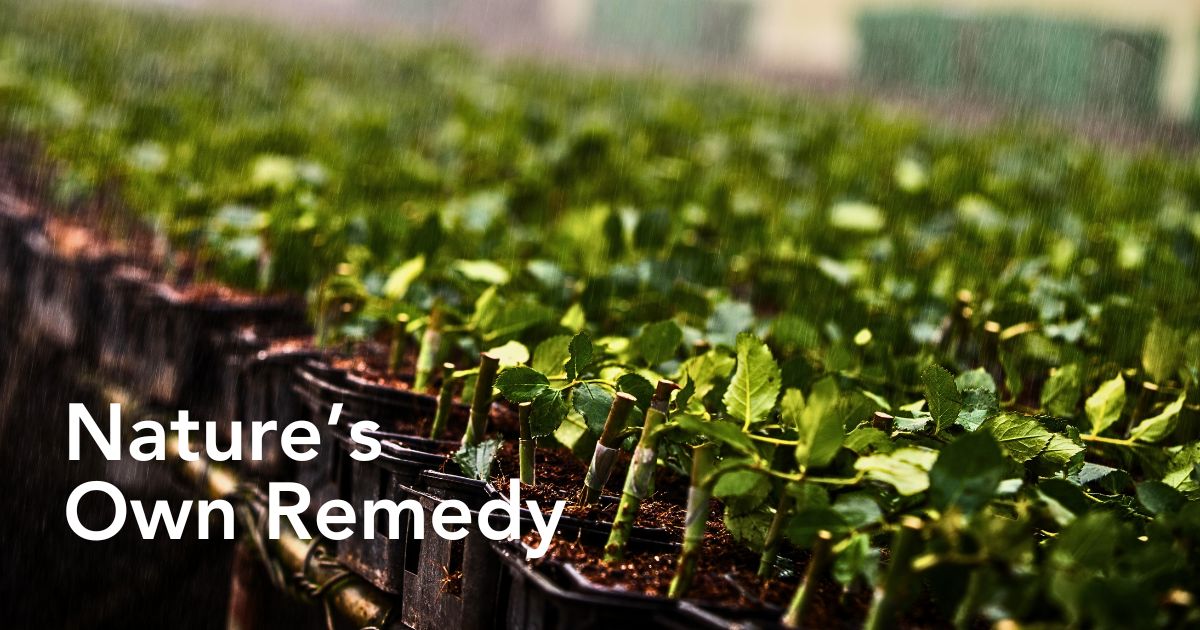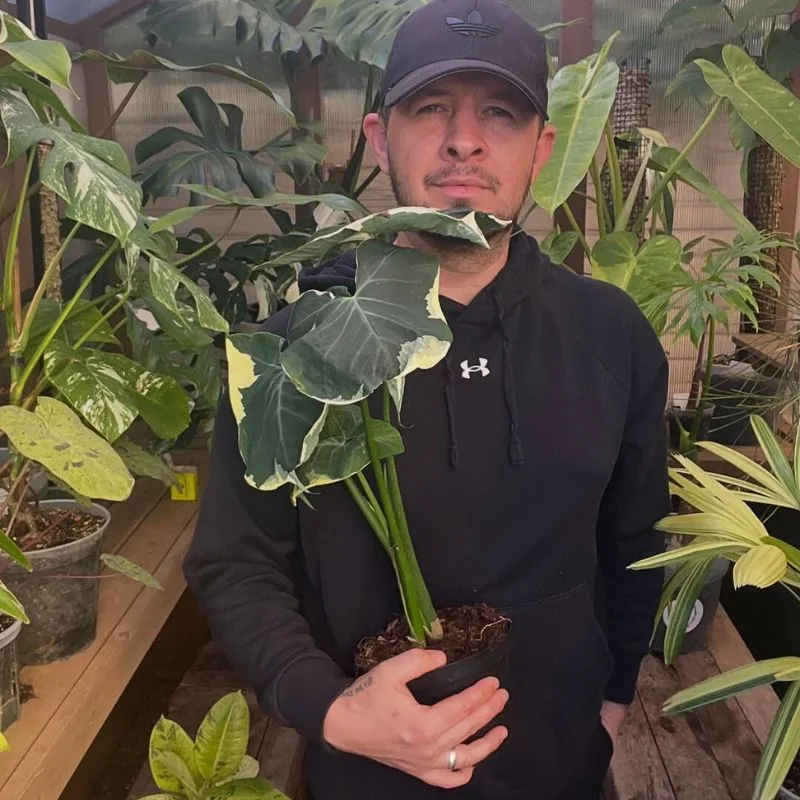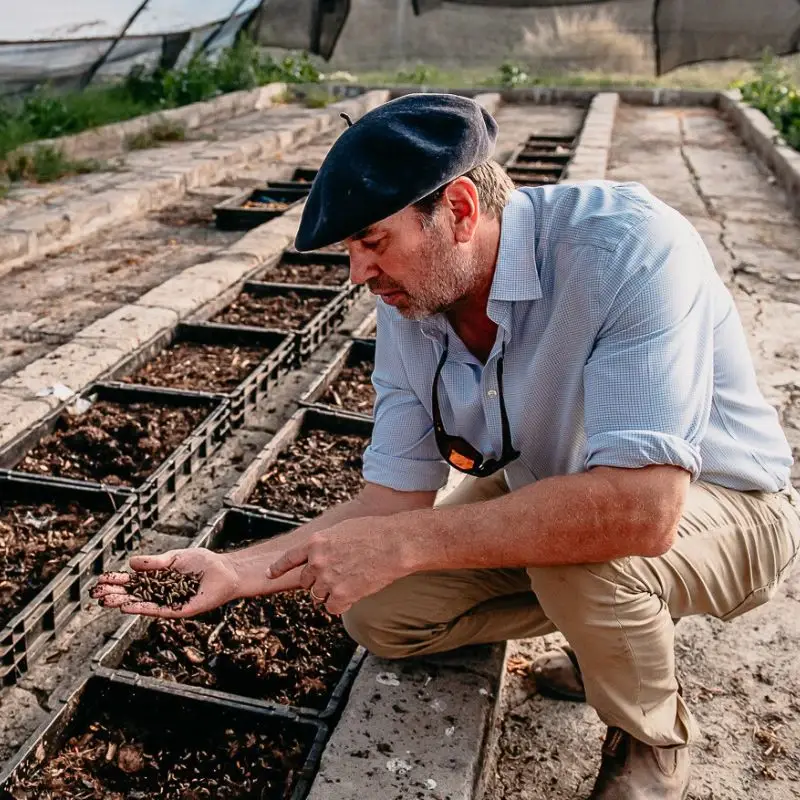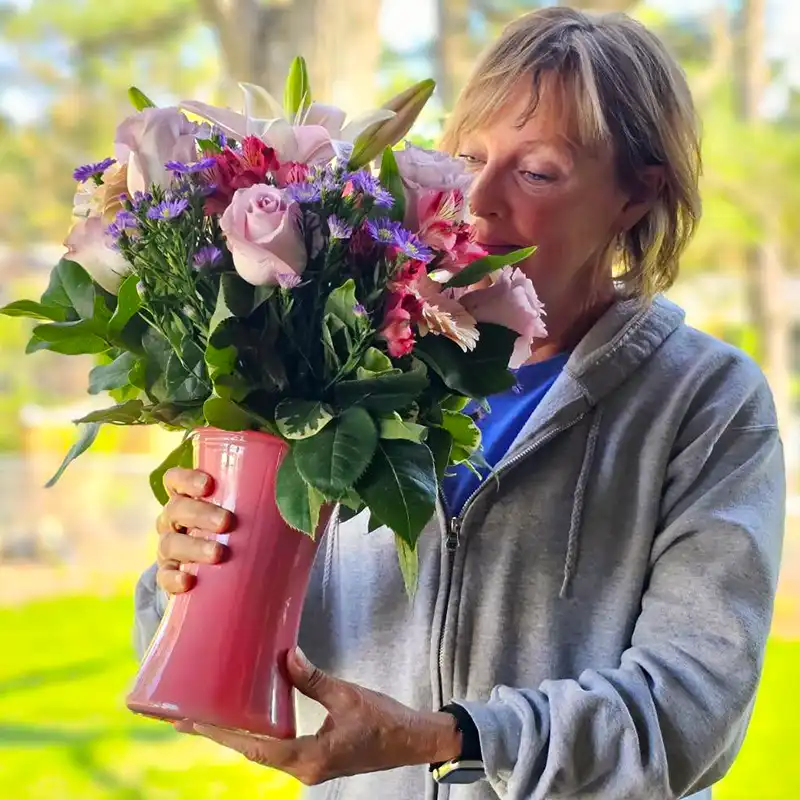Sustainability, as an aspect of floriculture, remains preeminent. And that cannot be overemphasized. Why, for instance, are modern-day consumers becoming increasingly eco-conscious, and regulatory bodies tightening sustainability demands? The topic is particularly pressing in this industry, where floral perfection is key. Yet, the environmental footprint of achieving such sublimity, through conventional means, is growingly becoming difficult to justify in a climate-conscious world. It is no wonder, growers who hitherto relied on conventional approaches now seek alternatives to their traditional methods. Biofertilizers come in handy in this case.
By no means quite the panacea for the broader sustainability challenge, biofertilizers remain ‘nature's solutions’ to sustainable plant nutrition. They play a key role in addressing the challenges at hand, and while at it, promise to transform how the industry grows flowers, posing the perfect matrimony of cutting-edge microbial science and age-old natural processes. Their application reduces chemical dependencies while maintaining or even enhancing flower quality. So, these formulations are evolving from specialty applications into mainstream floriculture, presenting both opportunities and challenges for growers transitioning to more sustainable production methods.
Understanding Biofertilizers
The rising prominence of biofertilizers is a sign of a change in how growers think about feeding their flowers. It signifies a shift from chemical inputs and fertilizers to biologicals. But what are these biological formulations? What do they constitute? How essential or useful are they for plants and flowers, and the general floriculture industry’s sustainability?
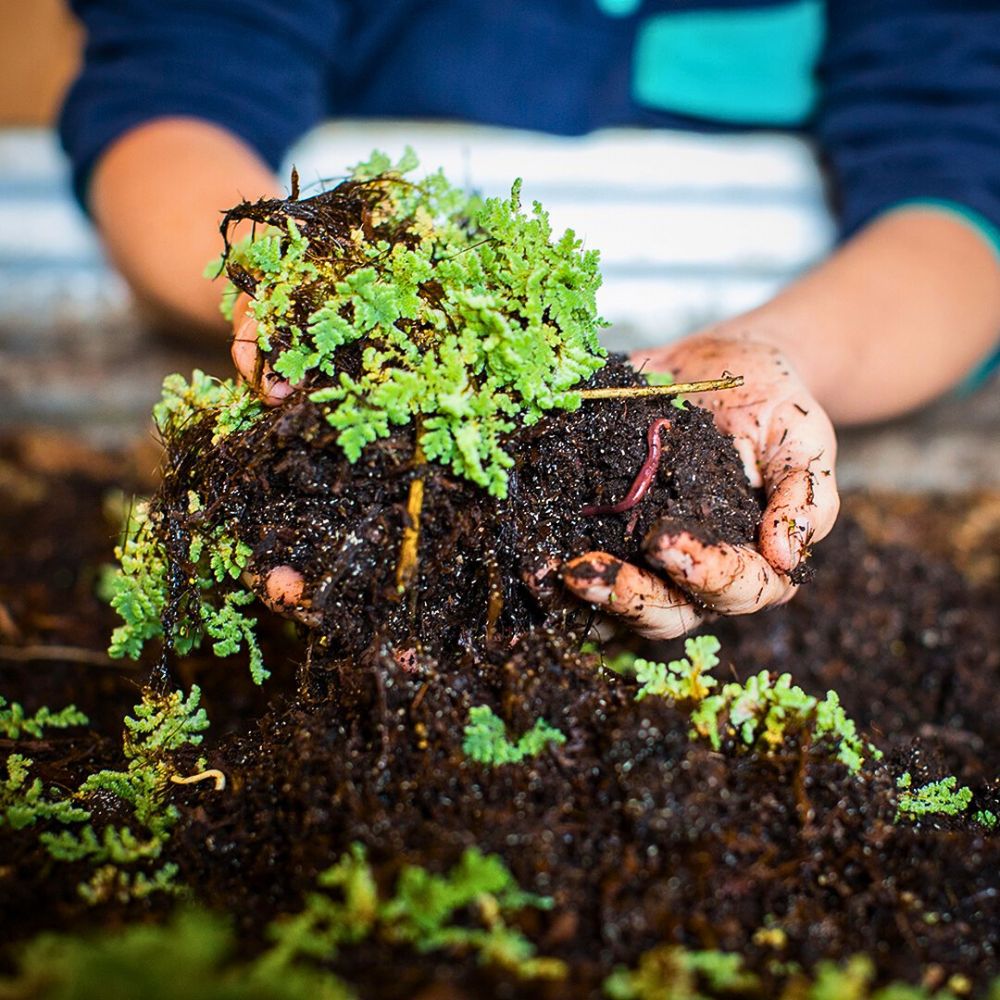
Biofertilizers, for starters, are substances containing living microorganisms that, when applied to seeds, plant surfaces, or soil, colonize the rhizosphere or the interior of plants to promote growth and development by increasing the supply or availability of primary nutrients. Unlike their chemical counterparts that directly provide nutrients, biofertilizers work through natural biological processes to enhance soil fertility and plant nutrition.
The composition of these formulations centers around carefully selected beneficial microorganisms supported by suitable ‘transporter’ materials that ensure their viability and effectiveness. They contain either living or latent microorganisms maintained on carrier substances like peat, wheat bran, talc, or vermiculite that provide an appropriate microenvironment for the essential microbes to thrive. A complete biofertilizer formulation strategy, for that matter, involves several critical steps, including selecting appropriate microorganisms, choosing suitable carrier materials, and perfecting the formulation process to ensure microbial viability over time.
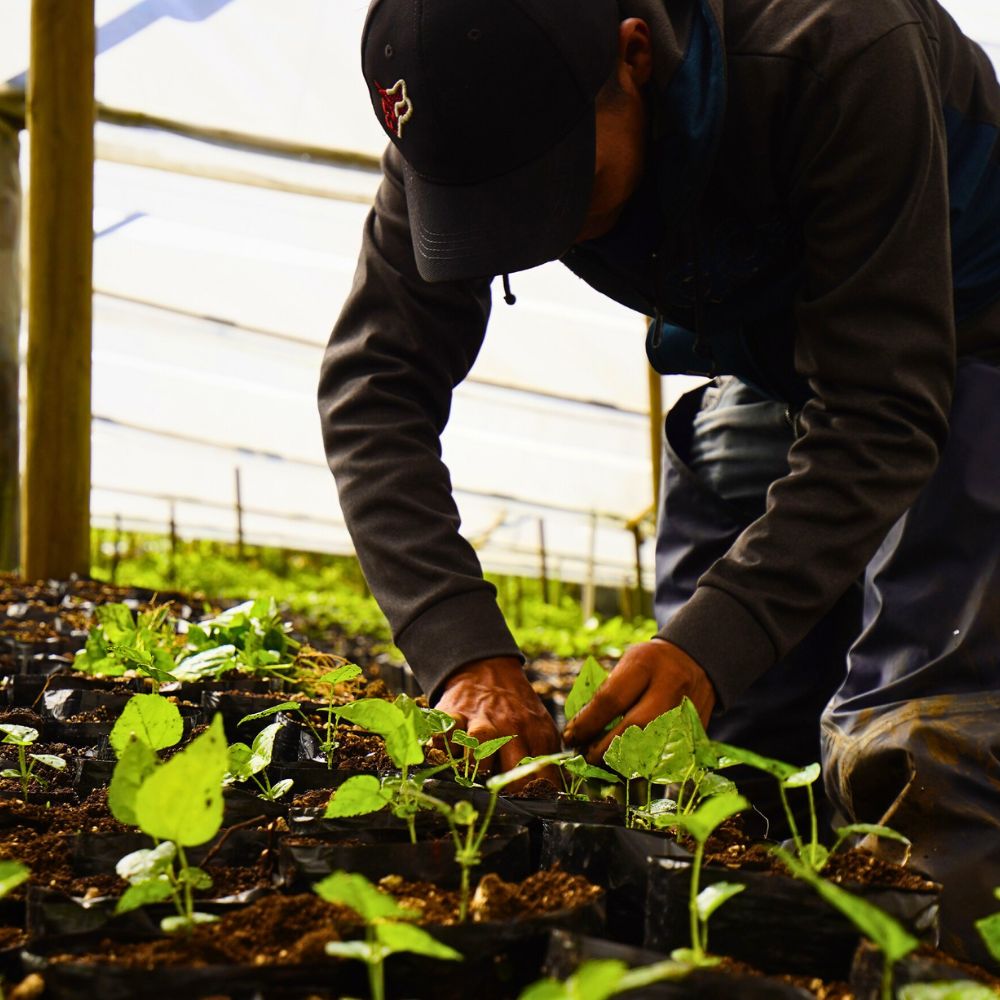
Additionally, these formulations often include additives and sticking agents to improve application efficiency and microbe-plant interactions. This careful balance of living organisms and supportive materials creates a product that enhances plant growth naturally rather than through direct chemical intervention.
The Biofertilizers’ Toolbox and Their Rich Diversity
The diversity of biofertilizers mirrors the complexity of ecosystems. In floriculture, specific strains are tailored to the needs of different high-value plants, flowers, and ornamentals. Nitrogen fixers, for instance, contain Azospirillum and Azotobacter, which thrive in the rhizosphere of non-leguminous plants like roses and lilies. They fix nitrogen while secreting growth-promoting hormones like indole acetic acid (IAA). Trials on Gladiolus showed that combining these bacteria with vermicompost boosted spike length and floret count by between 20% and 30%.

There are also Phosphate mobilizers, some of whose Pseudomonas and Bacillus species break down insoluble phosphates in alkaline soils. This is a common challenge in some flower-growing regions, and growers often address it by integrating compost teas to unlock nutrients. Mycorrhizal networks are also essential. Closed hydroponic systems often report significant reductions in nutrient runoff by pairing mycorrhizae with real-time sensors, ensuring precise nutrient delivery to flowers, including tulip bulbs. On the other hand, vermicompost is another star, especially in certifications like the Kenya Flower Council’s (KFC) Silver Standard. This worm-processed organic matter not only enriches the soil but also suppresses pathogens.
Each one of these formulations offers unique benefits to plants and flowers. Bacterial biofertilizers represent one of the most widely used, with nitrogen-fixing bacteria being one of their key members. These include symbiotic bacteria like Rhizobium, Mesorhizobium, and Bradyrhizobium that form nodules on the roots of leguminous plants.
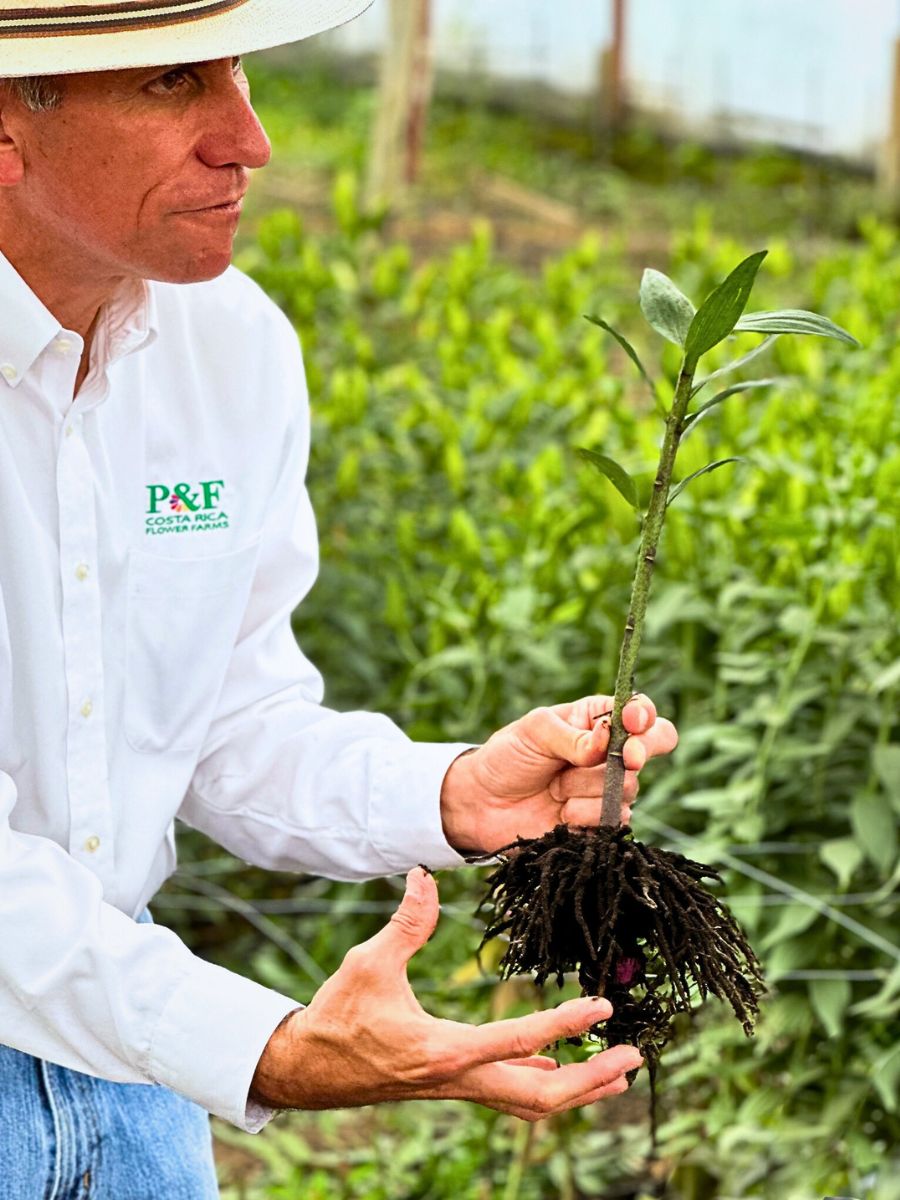
There are also associative bacteria like Azospirillum and Herbaspirillum that live in close association with plant roots, and free-living nitrogen fixers like Azotobacter, Acetobacter, and various photosynthetic bacteria. These nitrogen-fixing microbes convert atmospheric nitrogen into plant-available forms, significantly reducing the need for synthetic nitrogen fertilizers in floriculture operations.
Likewise, phosphate-solubilizing bacterial biofertilizers like Pseudomonas striata and various Bacillus species play a crucial role in floriculture by releasing phosphorus bound in soil minerals. Fungal biofertilizers constitute another category, with species like Penicillium, Aspergillus, and Trichoderma being important phosphate solubilizers through organic acid and enzyme production.

Perhaps most fascinating are the nutrient mobilizers like Arbuscular mycorrhizal fungi (AMF) that form elaborate symbiotic networks with plant roots, creating living channels that transfer phosphorus and other nutrients from soil to plant tissues while receiving carbohydrates from their plant counterparts. Completing this microbial lineup are algal biofertilizers—both symbiotic blue-green algae (cyanobacteria) and non-symbiotic Azolla—that contribute significantly to nitrogen enrichment and soil conditioning. This diverse microbial palette offers growers and floriculturists a range of specialized prerequisites for addressing specific nutritional and environmental challenges in flower production.
Biofertilizers in the Flourishing Sustainable Floriculture Trade
The integration of biofertilizers into a sustainable floriculture approach represents an important development in sustainable flower production. Discerning flower growers are increasingly incorporating these microbials into their cultivation practices, recognizing their potential to maintain flower quality while reducing environmental impact.
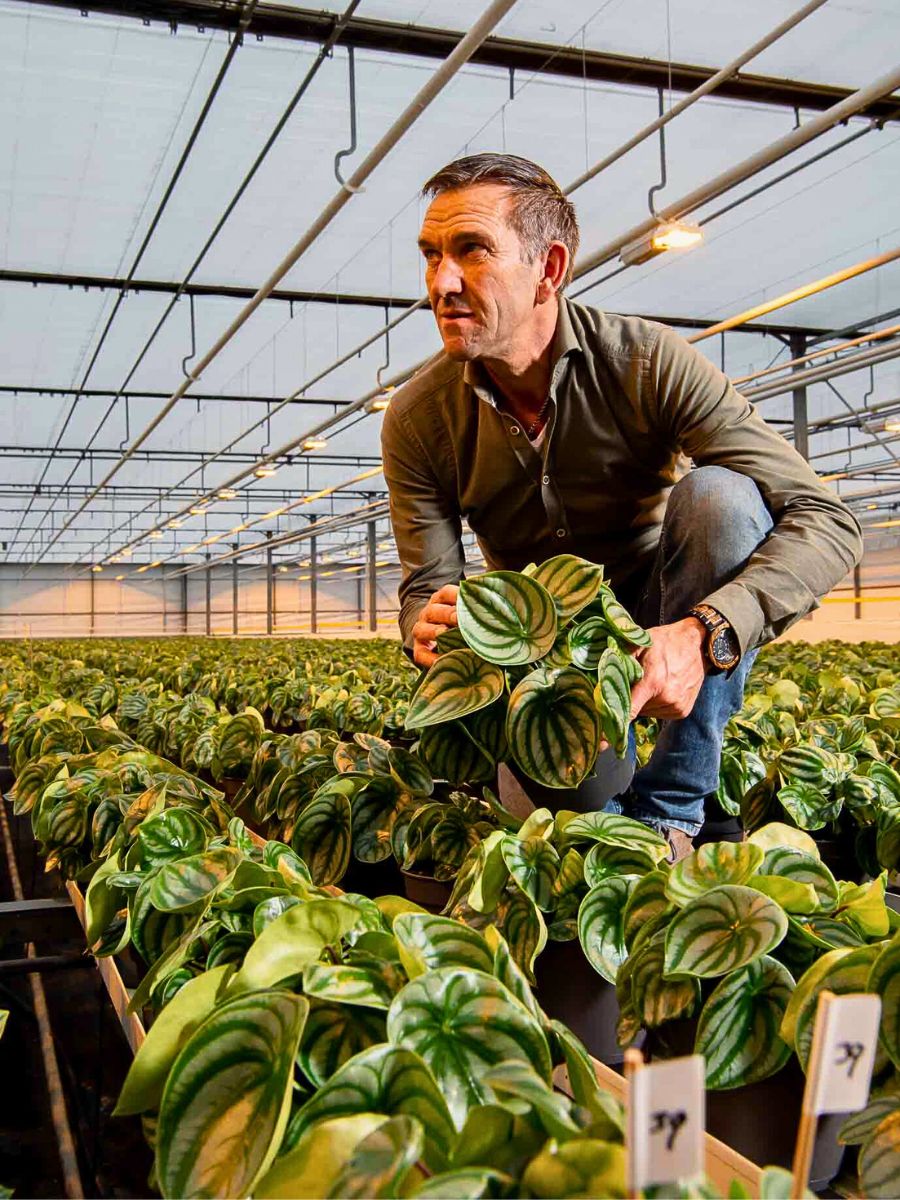
Research on Anthurium cultivation has, for instance, demonstrated that combinations of biofertilizers—particularly Azospirillum, Phosphobacteria, and VAM (Vesicular Arbuscular Mycorrhiza)—when used alongside reduced doses of inorganic nutrients, significantly improve floral characteristics and extend vase life. This is particularly valuable for the cut flower industry, where post-harvest longevity translates directly to economic value.
In Calendula production, studies have also documented remarkable improvements in plant architecture when biofertilizers are employed. Plants treated with appropriate biofertilizer regimens develop taller stature, increased branching, and more abundant foliage—all essential factors that contribute to overall flower yield and visual appeal. These benefits are a product of the biochemical relationship between plant roots and beneficial microorganisms, which results in enhanced nutrient absorption and improved plant hormone balance.
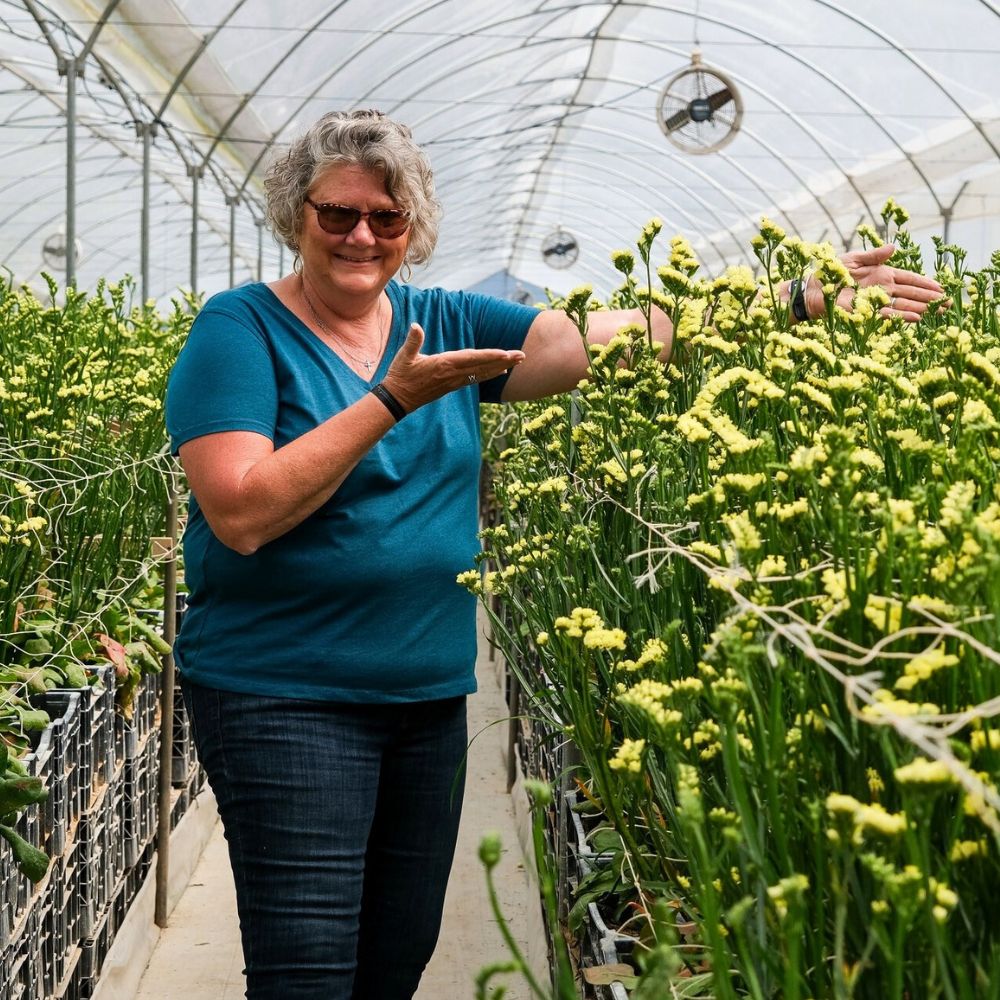
The Many Benefits of Biofertilizers in Sustainable Flower Production
The adoption of biofertilizers in floriculture yields a cascade of benefits. From the microscopic soil ecosystem to the final blooms, the benefits are practically innumerable. For starters, there is the benefit of enhanced soil fertility. Biofertilizers enrich soil with beneficial microorganisms that improve soil structure, increase organic matter content, and create a balanced, living soil ecosystem that supports healthy plant development. This living soil network facilitates significantly improved nutrient absorption, with specialized microbes fixing atmospheric nitrogen, solubilizing bound phosphorus, and releasing growth-promoting matters that ensure optimal flower nutrition without the peaks and valleys often associated with chemical fertilizer applications.
Perhaps most important for commercial flower producers is the economic advantage that biofertilizers offer. These biological inputs can replace 25-30% of conventional chemical fertilizers while increasing yields by 10-40%, which represents significant cost savings without compromising productivity. The quality improvements are equally impressive—flowers grown with biofertilizers often exhibit enhanced color vibrancy, improved stem strength, greater petal substance, and extended vase life. Environmental benefits amplify these advantages, as biofertilizers avoid the soil and water contamination associated with synthetic chemicals, reduce carbon footprints, and promote a truly sustainable approach to flower cultivation.
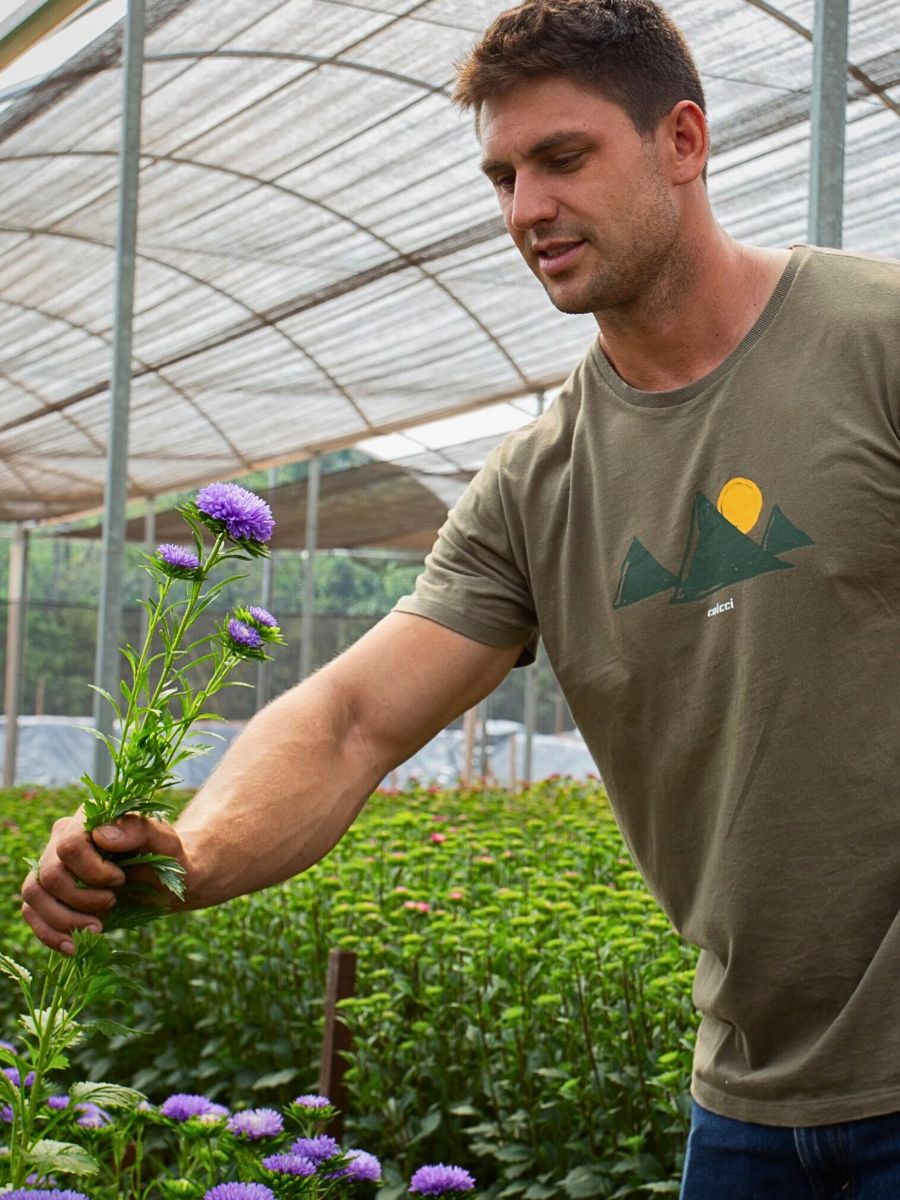
The resilience factor cannot be ignored either—plants nurtured with biofertilizers typically develop enhanced resistance to environmental stresses and certain diseases, resulting in more consistent production even under difficult conditions. Field observations consistently show that healthier soil leads to healthier plants, which ultimately translates to superior flower quality, improved yields, and enhanced market value. Such a cycle benefits all: producers, consumers, and the environment.
Certifications Spur the Adoption of Sustainable Practices, Like Biological Formulations’ Use
Different certification initiatives are more and more recognizing biofertilizers as important components of sustainable floriculture. Florverde Sustainable Flowers (FSF), a key social and environmental standard, has certified hundreds of flower farms in countries like Colombia that demonstrate a focus on responsible production practices. While not explicitly mandating biofertilizer use, FSF's emphasis on sustainability metrics like water management and environmental conservation aligns perfectly with the biofertilizer approach. Their requirements for clean water bodies and promotion of native plants to support wildlife create ideal conditions for implementing biological soil amendments that enhance, rather than harm, natural ecosystems.
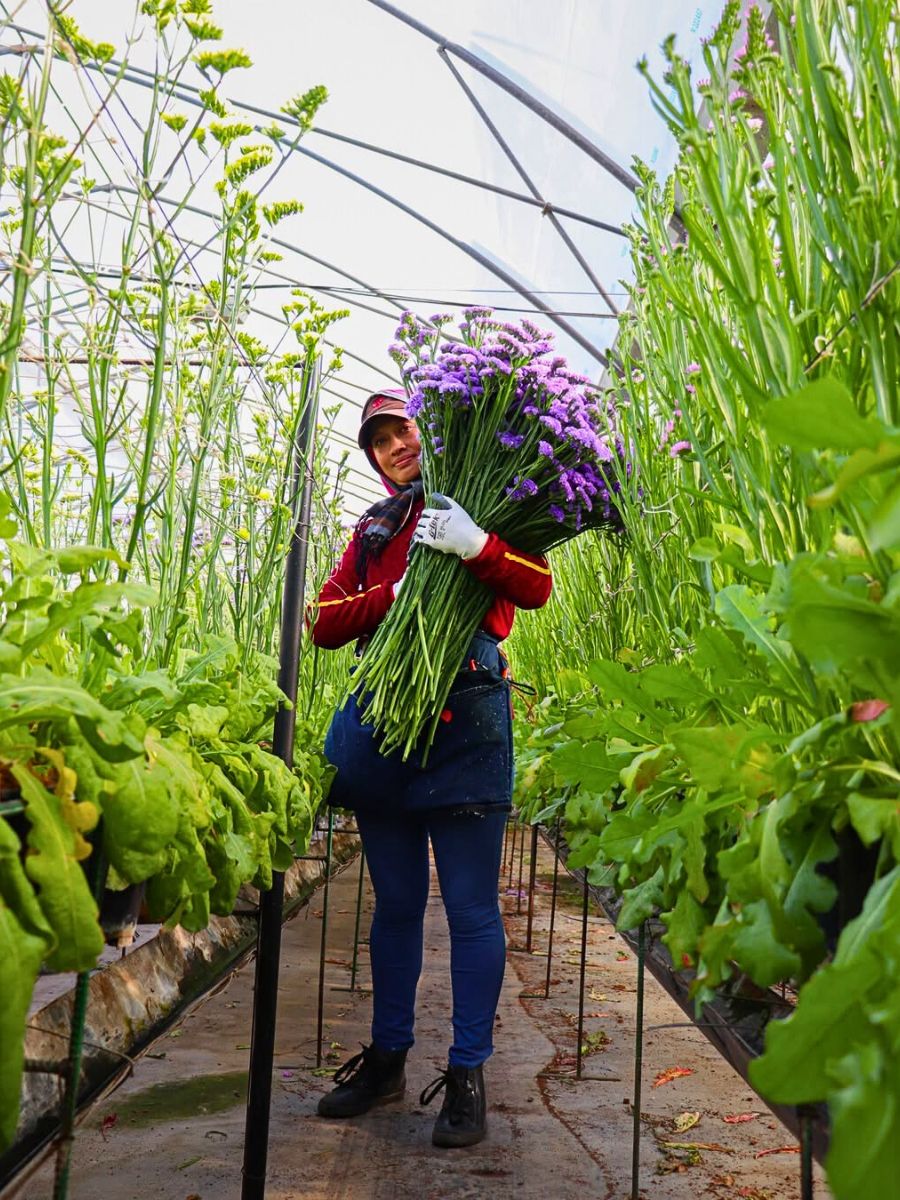
The success story of the endangered Bogota tingua, a bird endemic to the high-altitude wetlands of the Eastern Andes, particularly the Bogotá Savannah region, illustrates how environmentally conscious floriculture practices—including reduced chemical inputs and enhanced biodiversity—can contribute to wildlife conservation. Flower growers in the Bogotá Savannah and Antioquia regions have played leading roles in protecting and restoring natural habitats through more sustainable approaches, which shows that commercial flower production need not come at the cost of environmental health. The incorporation of conservation and production values represents the direction in which the flower industry ought to move.
Certification programs like the Floriculture Sustainability Initiative (FSI) Basket of Standards, which incorporates MPS, FSF, Global GAP, and KFC FOSS, emphasize practices that focus on sustainability, thus, in a way, complementing biofertilizer use. These broader sustainability frameworks increasingly emphasize reduced chemical inputs, minimized environmental impact, and enhanced biodiversity—all goals that biofertilizers help achieve. The growing emphasis on measurable sustainability metrics across these certification programs also creates a natural incentive for exploring biological alternatives to conventional chemical fertilizers as part of comprehensive environmental management systems in floriculture operations.
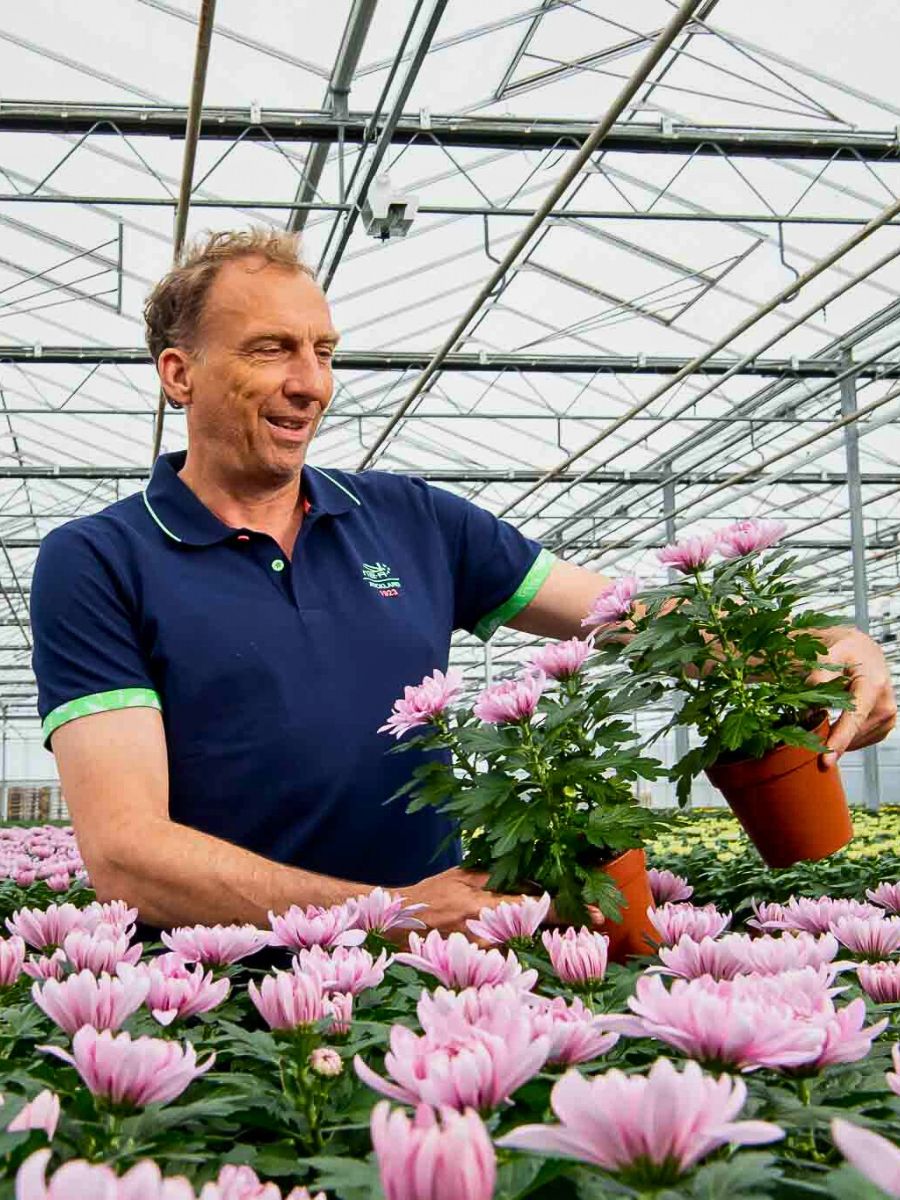
Challenges and Opportunities in Biofertilizer Adoption
Despite their potential, biofertilizers face adoption barriers in the precision-driven world of commercial floriculture. Even with the growing interest in these biological alternatives, many growers remain hesitant due to limited knowledge and concerns about effectiveness compared to the predictable results of conventional chemical fertilizers. Their effective adoption remains constrained by knowledge gaps and uncertainty about how ideal they are, particularly in specialized plants like roses. Their adoption, therefore, requires not just new products but new mindsets—shifting from viewing soil as simply a growing medium to recognizing it as a living ecosystem that requires nurturing and balance.
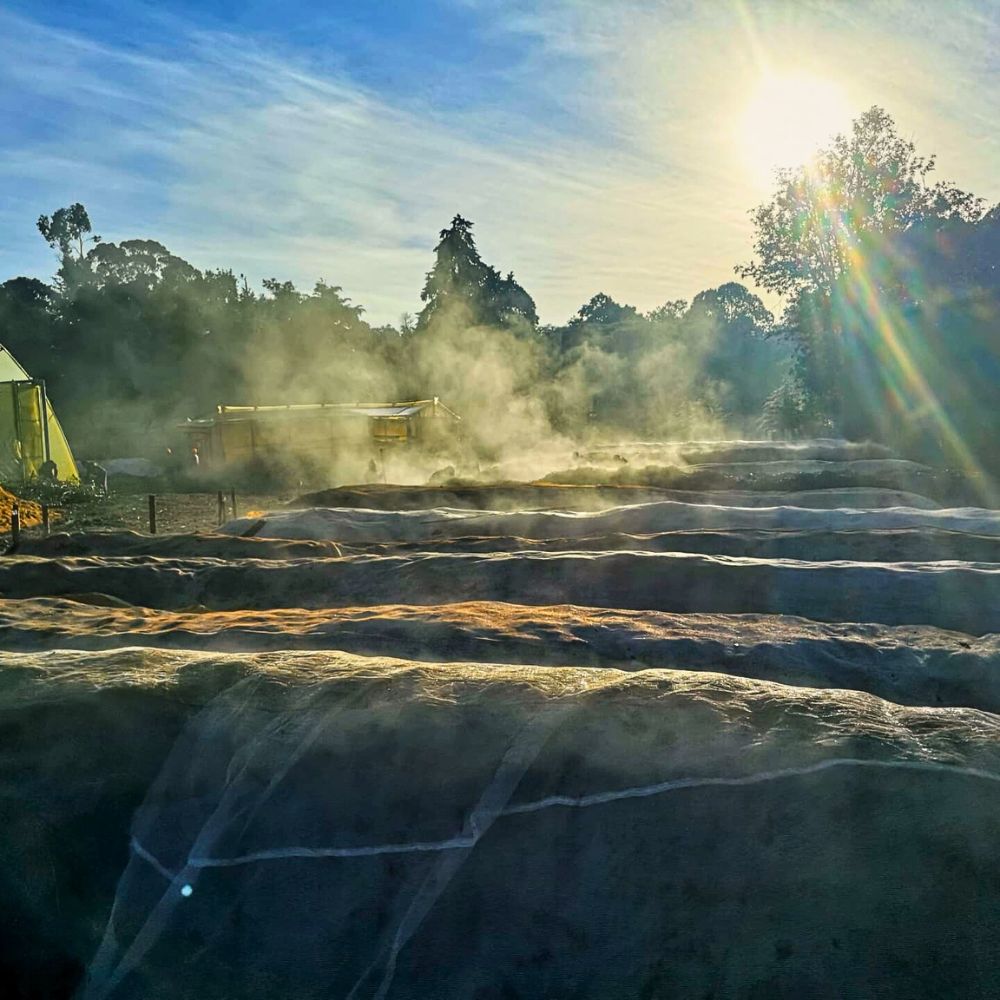
The technical challenges are also real: biofertilizers require different application methods, storage considerations, and integration into existing growing systems. Their effects may develop more gradually than chemical fertilizers, requiring patience and careful observation during the transition period. Additionally, quality inconsistencies among commercial biofertilizer products have sometimes undermined grower confidence, highlighting the need for industry standards and quality assurance programs specifically for biological inputs in floriculture.
Yet these challenges also present opportunities for innovation and differentiation. Savvy flower producers who successfully integrate biofertilizers—alongside other sustainable practices—into their operations gain access to growing premium markets where sustainability credentials command price premiums. The expertise developed during the transition becomes a competitive advantage as regulatory frameworks increasingly favor reduced chemical inputs.
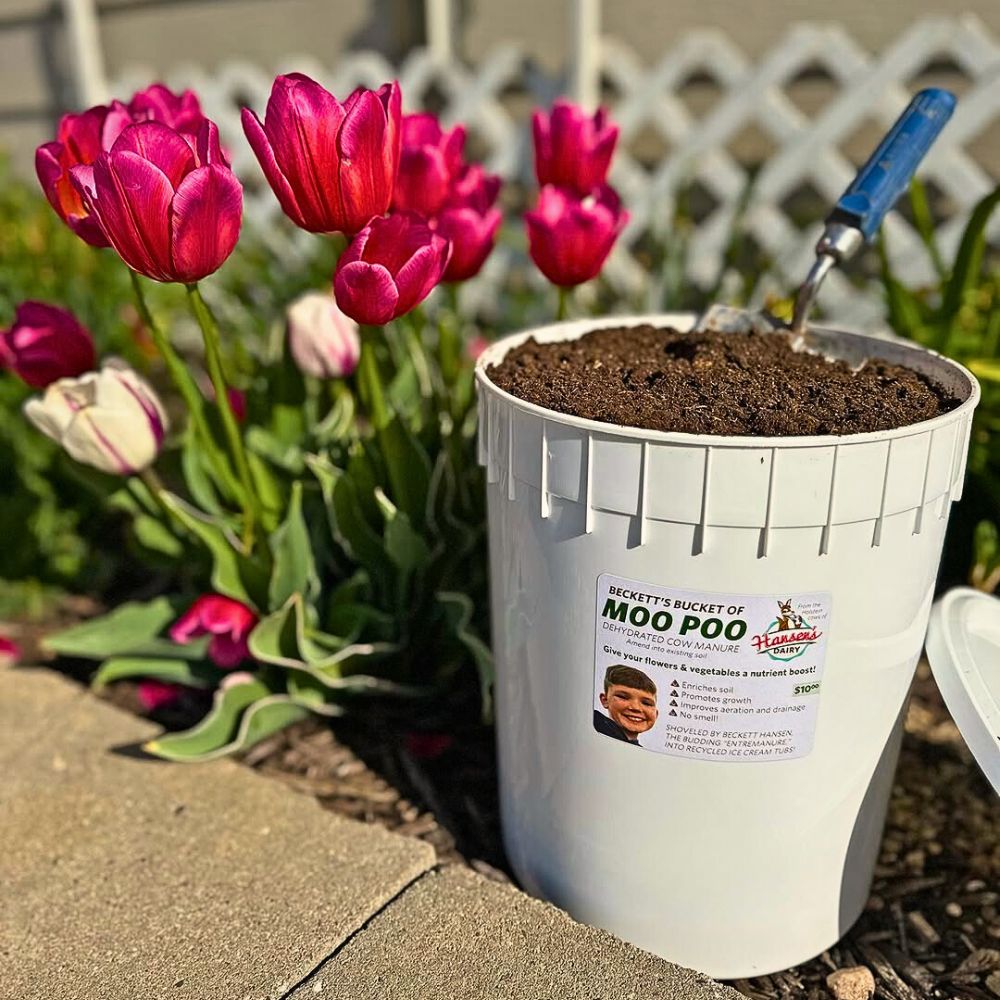
Meanwhile, ongoing research continues to develop biofertilizer formulations specifically optimized for flowering crops, addressing the unique nutritional needs of plants grown more for their flowers or foliage rather than their other products. In any case, biofertilizers still signify a graceful step toward harmonizing innovation with natural processes, ensuring that plants, flowers, and ornamentals that make up the floriculture industry are produced in ways that respect rather than harm the living world from which they grow.
Feature image by Decorum, header image by Sian Flowers.

